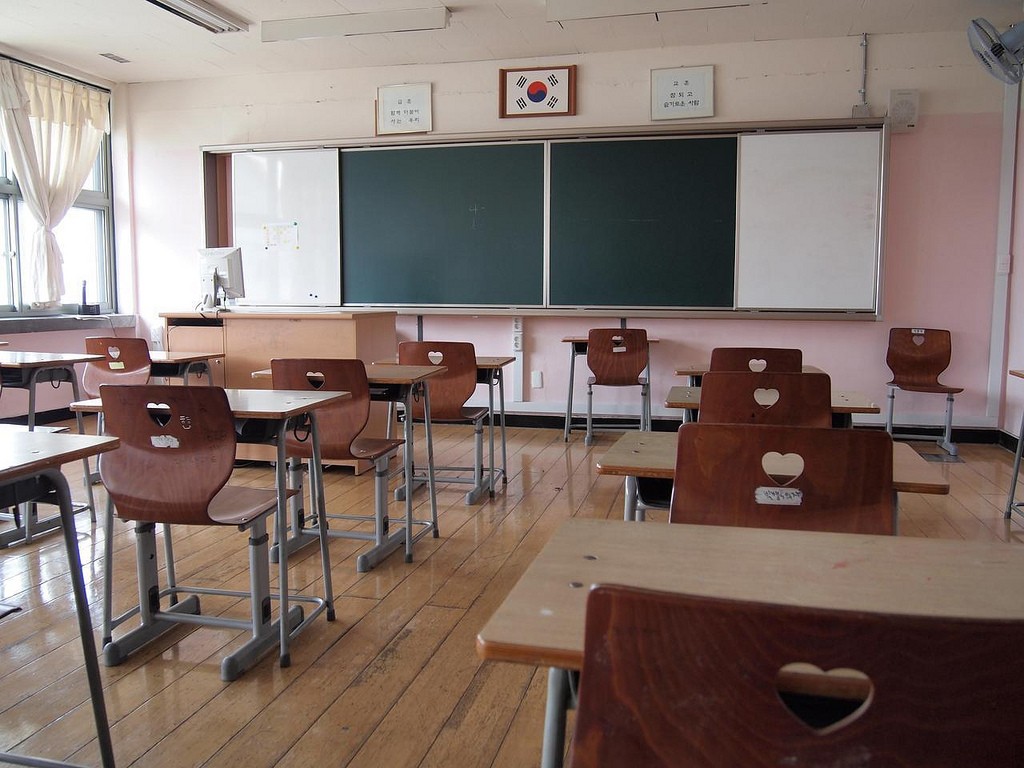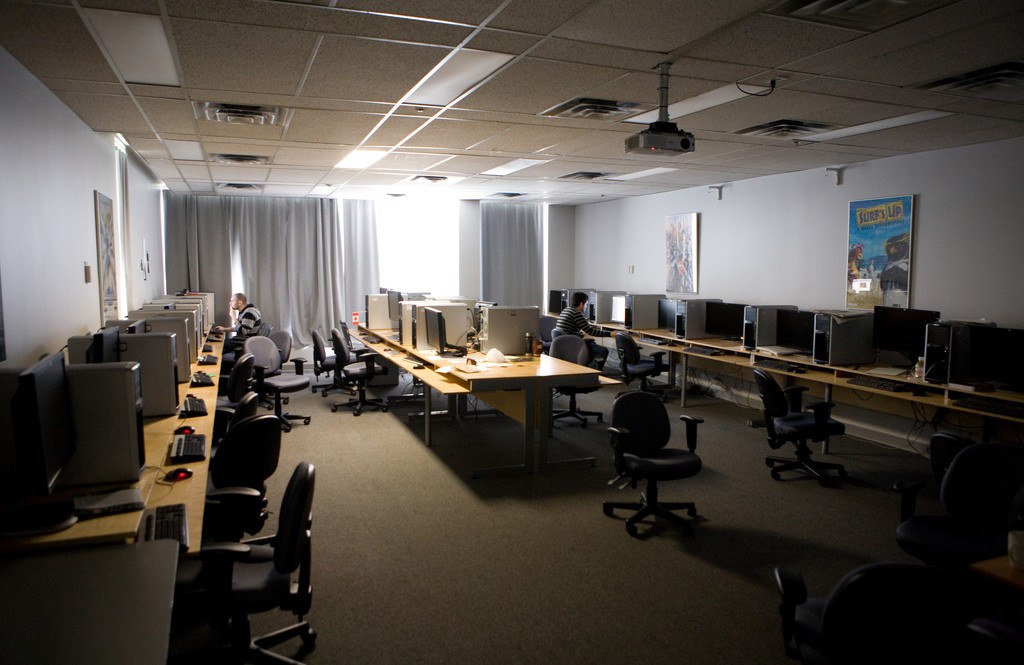
Effective Noise Reduction In Learning Spaces
Although they may look like a mere shelter, buildings are more than that. Especially buildings with learning spaces, where human interaction is limitless and on a daily basis; these spaces have to be protected from the outside world and all the noise that could potentially break one’s concentration. Therefore architects and engineers have to create a space that is both sensory balanced between signals and noise, calm and stimulation and at the same time comfortable for one’s focus. This is a difficult task to be achieved, and in order to understand it better, here are the things that have to be considered in order to reduce the noise in learning spaces.
Outside Noise Can Infiltrate the Walls
In most cases, the noise generated outside is strong enough to pass through the walls or all the weak links that occur within the wall, ceiling and any other floor assemblies. These are known as flanking paths, and are usually found I walls above suspended acoustic ceilings. In order to stop the noise coming inside, you have to either seal the gaps, or create a soundproof layer within the walls. Make sure that you pay extra attention to all the potential “noise-gaps”, for even the smallest one can cause enough noise to disrupt student’s attention.

Noise is Also Coming through the Windows
The outside noise is capable of infiltrating even through the smallest cracks and gaps around the windows. To remain focused and reduce the incoming noise, simply add additional layer to your windows. In a recent chat with Perth-based specialist for double glazed windows, I learned that this retrofit can not only make the windows soundproof, but also give them thermal insulation. Not only will you not feel the noise coming from the outside, but the room temperature will be more pleasant and will make you feel more comfortable.
Optimal Reduction of Inside Noise
Once you are done dealing with the outside noise, you are faced with another problem – reverberation. Whether it is the moving of a chair, a piece of furniture, or simple walking around the room, it creates vibrations which are then passed on and reflected from the walls and voila, there is noise. The best way to prevent this is to use absorptive materials on the ceilings and upper wall surfaces. This way you will reduce the room’s volume, creating a truly hearing-friendly environment.

Taking Care of the Floor
Almost every centimetre of classroom’s ceiling is exposed to noise from below. Believe it or not, but the sound waves bounce of the floor and create a noisy environment in a matter of seconds, where the level of noise is determined predominantly by the type of flooring. Perhaps the best solution to this problem is soft flooring, since it will buffer the impact noise from upper floors, and will in most cases be responsible for eliminating the grinding and squealing caused by the chairs and furniture being moved across the room. Another more flexible and economical solution are area rugs, which could be implemented in areas where there are children. Mount them properly so that the kids won’t trip or fall down.
With the ageing of the building, more noise will come. The best retrofit solution is the one that counteracts multiple noise sources at the same time. Consider hiring a highly professional acoustician to locate these sources at the early stages of building’s development to save a lot of money and hard work on “fixing the gaps”.
